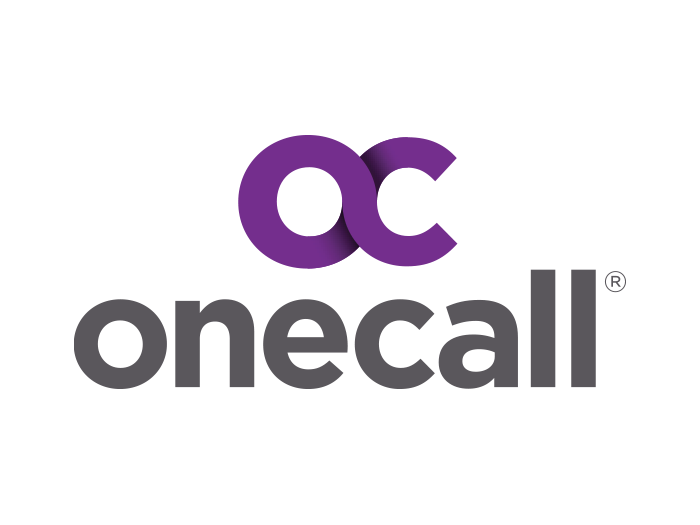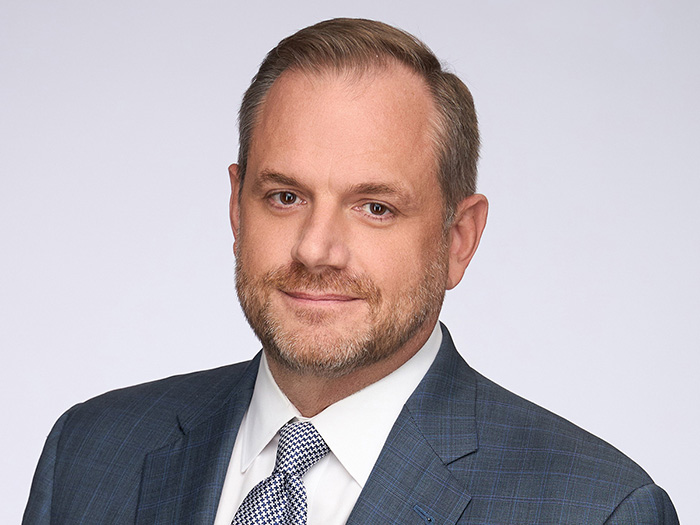D&O Price Hikes the New Norm? As Plantiffs’ Attorneys Encourage Class Actions, Buyers Face a Hardening Market

It’s official: Buyers of directors and officers (D&O) insurance should brace for a hard market. After more than a decade of steady rate declines, and escalating claims and management liability exposures, insurers have closed ranks and declared “enough is enough.”
As well as raising rates, carriers are tightening capacity on challenging parts of their books, raising retentions, reducing limits and in some cases, turning down business for the first time in years.
“Some carriers are coming out of the gate with increases of 30% on renewals where the client has had no losses in the previous year, no merger and acquisition (M&A), and the policy is exactly the same,” said Rob Yellen, executive vice president, FINEX, North America for Willis Towers Watson.
“No insurer wants to step out of line, and as long as they stay in lock-step, rates will continue to rise.”
According to Brady Head, AIG’s North American head of management liability, insurers are refusing to quote on some new and renewal business, and “in some very high-risk areas, we’ve seen lead limits come down to $2.5 million, which we haven’t seen since the last hard market.”
One driver spooking carriers is the dramatic rise in securities class actions, which are at their highest levels in the U.S. since the .com crash, with 441 new cases in 2018, according to consulting firm Nero.
Loss severity is also on the rise. According to Cornerstone, settlements in 2018 in the U.S. hit more than $5 billion. This included five “mega settlements” exceeding $100 million and 32 between $10 million and $50 million — a 60% increase year-on-year. And compared to historically low levels in 2017, the median settlement amount more than doubled to $11.3 million.
“With increased claims, increased settlements and a massive inflation in legal defense budgets, we’re starting to see a perfect storm,” said Jim Seymour, principal of Euclid Exec, a D&O managing general underwriter on behalf of AmTrust Financial and Lloyd’s of London.
IPO Costs Escalate
Companies involved in M&A deals and initial public offerings (IPOs) are having a particularly tough time, as plaintiff law firms encourage shareholders to file suits for inadequate consideration and other complaints in the wake of share price volatility.
“Companies doing securities offerings are held to a strict liability on all of their documents and should understand how their activities relate to the areas plaintiffs are attacking,” said Seymour.

Jim Seymour, principal, Euclid Exec
“You can’t stop litigation from happening, but you can defend yourself well at the motion-to-dismiss level by demon-strating good risk management and corporate governance.”
This applies to smaller companies too, which are held to exactly the same standards under securities law, he added.
“The eye of the plaintiff is now directed more on mid-caps — not just blue chips.”
According to Seymour, IPO companies may now struggle to obtain D&O limits over $5 million, even on renewal, while the uptick in merger objections has forced many businesses to insulate themselves with dedicated merger objection deductibles and retentions.
Put simply, said Head, “any company that is going public right now faces a very hard D&O market.”
According to Brian Casey, vice president of Allied World’s North American public D&O division, rates for IPO companies are now “a multiple of what they were two years ago and deductibles are changing dramatically.”
While smaller IPOs are seeing deductibles averaging $5 million to $10 million, larger IPOs can be much higher, he said. “Excess carriers are charging much higher ‘rates on line’ as well,” Casey added.
According to Priya Huskins, senior vice president, management liability for Woodruff Sawyer, the Supreme Court’s March 2018 “Cyan” ruling “added fuel to what was already a hot litigation environment by opening the courthouse doors in all 50 states for registration-related suits.”
And major settlements involving Wells Fargo, Yahoo and others have encouraaged new plaintiffs’ firms.
“One of the big drivers of these larger settlements is the fact that so many suits can and are being brought in plaintiff-friendly state courts as a result of the March 2018 decision in Cyan,” she said.
Special Event Claims
Beyond IPO and M&A activity, this year has already seen a raft of major ‘special event’ claims, from workplace safety and product liability to cyber breaches, #MeToo cases and corruption scandals.
Pacific Gas and Electric Company faces $17 billion in lawsuits and filed for bankruptcy after its equipment was linked to last year’s California wildfires, while Yahoo settled a $29 million suit for not disclosing cyber breaches in a timely manner.

executive vice president, FINEX, North America, Willis Towers Watson
Yellen expects privacy to spur “the next big wave” of D&O claims, with U.S. states already borrowing from the EU’s General Data Protection Regulation (GDPR) approach, putting personal responsibility for data management in the hands of officers.
“If they’re defining how data is being handled, they’re on the hook — and this increasingly applies to U.S. companies, too,” Yellen said, pointing to new legislation passed in California and pending statues in other states. “New York’s pro-posals look even harsher than California’s.”
With 2020 being an election year, corporate leaders will face heightened scrutiny, he added. “Who will be the scapegoat? There’ll be a lot of unfavorable noise about leadership and finance, which just adds fuel to the fire for individual accountability.”
Meanwhile, the internet and social media also make it easier than ever before to access information and unearth potential missteps. “This gives plaintiffs’ attorneys a roadmap from which to bring suits,” said Head.
More Hikes to Come
Against this backdrop, D&O premium hikes of 20% are the new norm.
Yet tech, pharma, biotech and life sciences companies could face much worse, as well as companies in litigious jurisdictions such as California, where suits are rife and settlements high.
Head believes prices will continue to rise for the next couple of years.
“A 20% increase is a very responsible reaction to the market dynamics carriers are facing. It is not, however, enough to solve the ongoing profitability challenge in our marketplace — it’s a good start.”
Casey said the insurance market “has a history of overshooting both to the up and down sides,” and that, with public D&O being one of the more volatile lines, how insurers quantify what these adjustments need to be to the up and down side “will ultimately lead them to success or failure.” &










